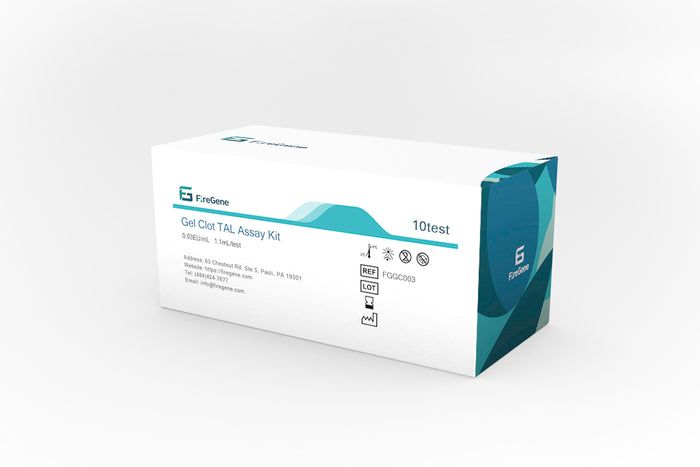
# Endotoxin Detection with Gel-Clot Assay Reagents
## Understanding the Importance of Endotoxin Testing
Endotoxins, also known as lipopolysaccharides (LPS), are toxic components found in the outer membrane of Gram-negative bacteria. These substances can cause severe reactions in humans, including fever, septic shock, and even death when introduced into the bloodstream. For this reason, endotoxin detection is crucial in pharmaceutical manufacturing, medical device production, and other healthcare-related industries.
## The Gel-Clot Method: A Reliable Approach
Among various endotoxin detection methods, the gel-clot assay stands out as a simple yet effective technique. This method utilizes Gel-Clot Endotoxin Reagents to identify and quantify endotoxin contamination in samples. The gel-clot test is based on the clotting reaction of horseshoe crab (Limulus amebocyte lysate or LAL) blood when exposed to endotoxins.
### How Gel-Clot Endotoxin Reagents Work
The gel-clot assay involves mixing the test sample with Gel-Clot Endotoxin Reagents, which contain the LAL enzyme. If endotoxins are present in the sample, they activate the clotting cascade in the LAL, resulting in the formation of a gel clot. The sensitivity of the test depends on the concentration of the reagents used, with common sensitivities ranging from 0.03 to 0.25 EU/mL.
## Advantages of Using Gel-Clot Endotoxin Reagents
The gel-clot method offers several benefits for endotoxin detection:
– Simple visual interpretation of results (clot formation indicates positive result)
– No requirement for expensive equipment
– High specificity for endotoxins
– Cost-effective compared to other methods
– Suitable for field testing or laboratories with limited resources
## Applications in Various Industries
Gel-Clot Endotoxin Reagents find applications across multiple sectors:
### Pharmaceutical Industry
Used for testing parenteral drugs, vaccines, and medical devices to ensure they meet pharmacopeial requirements for endotoxin limits.
### Medical Device Manufacturing
Essential for validating the cleanliness of devices that come into contact with blood or cerebrospinal fluid.
### Water Quality Control
Applied in testing water for dialysis and other medical uses where endotoxin contamination must be minimized.
## Best Practices for Using Gel-Clot Endotoxin Reagents
To ensure accurate results when working with Gel-Clot Endotoxin Reagents, follow these guidelines:
– Maintain proper storage conditions (typically 2-8°C)
– Use endotoxin-free water and materials
– Follow standardized protocols for sample preparation
– Include appropriate controls in each test run
– Adhere to specified incubation times and temperatures
## Regulatory Compliance and Standards
The gel-clot method using Gel-Clot Endotoxin Reagents is recognized by major pharmacopeias, including:
– United States Pharmacopeia (USP)
– European Pharmacopoeia (EP)
– Japanese Pharmacopoeia (JP)
These standards provide detailed protocols for performing the test and interpreting results, ensuring consistency across different laboratories and manufacturers.
## Future Developments in Endotoxin Testing
Keyword: Gel-Clot Endotoxin Reagents
While the gel-clot method remains a gold standard, researchers continue to improve Gel-Clot Endotoxin Reagents with:
– Enhanced stability and shelf life
– Increased sensitivity for low-endotoxin detection
– Reduced variability between reagent lots
– Development of recombinant alternatives to natural LAL
These advancements aim to maintain the reliability of the gel-clot assay while addressing concerns about sustainability and consistency in endotoxin testing.